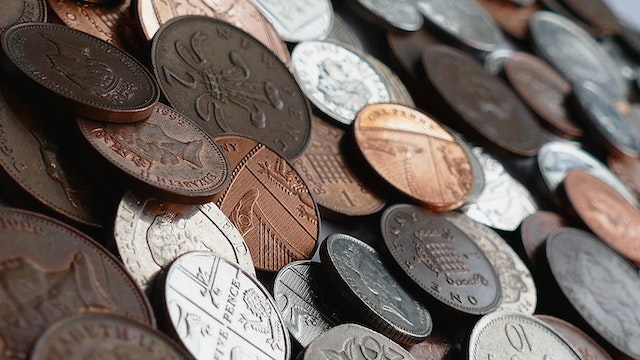Collecting Challenge Coins – A Beginner’s Guide
Collecting challenge coins is a fun and rewarding hobby. However, some rules should be followed to ensure the safety of your collection.
One of the most important rules is only passing your coin to another person if you are obligated to do so. This is because challenge coins are a symbol of camaraderie and respect.
History
The challenge coin has long been a part of military culture and tradition. The earliest known coin dates back to World War I when a pilot had bronze medallions made with his squadron emblem and presented them to his teammates before flying missions over Europe. When the plane he was in was shot down, and German troops captured him, they stripped him of all his items except for a leather pouch around his neck that contained his squadron coin. The Germans figured he was a spy and were going to execute him, but his squadron coin saved his life.
Since then, the challenge coin has also become popular with first responders and civilian organizations. The coins signify recognition and solidarity for the same group or event members. They also make a great conversation starter and are a way to connect with new people who share your interest in the same group. Whether you’re a military veteran or just like to collect memorabilia, challenge coins can be a fun and exciting addition to your collection.
Materials
In an age of identity cards, a challenge coin is one of the best ways to prove your membership in a group. These coin-sized bragging rights remind you of the people you’ve met along your path and shared experiences.
These days, military units and police departments often distribute challenge coins to their members. Even civilian organizations like companies and alums groups sometimes use them to encourage team-building and camaraderie.
A unique code of etiquette governs the use and handling of challenge coins. Among other things, they’re never to be displayed publicly and should always be kept on your person, where they can be retrieved quickly. Affixing them to clothing, jewelry, or equipment is also bad. Doing so desecrates the coin’s meaning and disrespects those who gave it to you and others who carry their own.
Design
Choosing a suitable hue is one of the most essential aspects of designing a challenge coin. You want it to be recognizable but not so bright that it is distracting. Another critical design factor is the edge shape. Some prefer a smooth, rounded edge, while others prefer a more pointed or beveled edge.
A challenge coin serves as a reminder of an organization’s members’ pride and cohesion. The military has a long-standing tradition of issuing these coins to recognize soldiers’ achievements, and the practice has been adopted by other organizations, including police departments and fire stations.
Many challenge coin collectors participate in trade shows and other events to meet fellow enthusiasts and expand their collections. They can also trade coins online or at home with other collectors. Trading is a great way to learn more about the history of challenging coins and develop a deeper appreciation for them. Many challenge coins feature intricate designs and unique textures. These can add to the value of a coin and make it more distinctive.
Etiquette
A challenge coin serves as a sign of unity and belonging. It is also an excellent way to connect with other organizations or military unit members. This connection can foster a sense of teamwork and even lead to business opportunities.
There are a few rules that must be followed when using challenge coins. First, the coin must always be on your person. It cannot be in your pocket, bag, or table. It would be best to hand over your challenge coin to yourself. If you must give your coin to another member, you should always be sure it is returned before leaving the meeting.
Keep your coin in a safe place where it will not be easily lost. Using it as a belt buckle or drilling holes to make it into a key chain is unacceptable and desecrates its value. Keep your coin clean and in good condition. Dirty or damaged coins are a sign of disrespect to those who gave you your coin and other organization members.
Value
A challenge coin is a way for members of an organization to demonstrate their membership, and it’s a way for them to show pride in their service or the group. They may display their coins to others or share stories about them. Some organizations even create challenge coins to commemorate events or milestones.
Many military challenge coins feature the insignia of a particular unit, but they can also be designed with popular culture attributes or organizational values. They can be a great way to connect with people with similar interests or experiences, whether they’re veterans or not.
To add to the value of your collection, consider framing and mounting your challenge coins or using custom coin albums to keep them organized. You can trade coins with other collectors through online communities and social media groups. Attending coin shows or connecting with other collectors at local gatherings is another way to find new coins for your collection and learn more about their history and significance. You can also donate your challenge coins to charitable organizations to help them raise funds or awareness for their causes.




